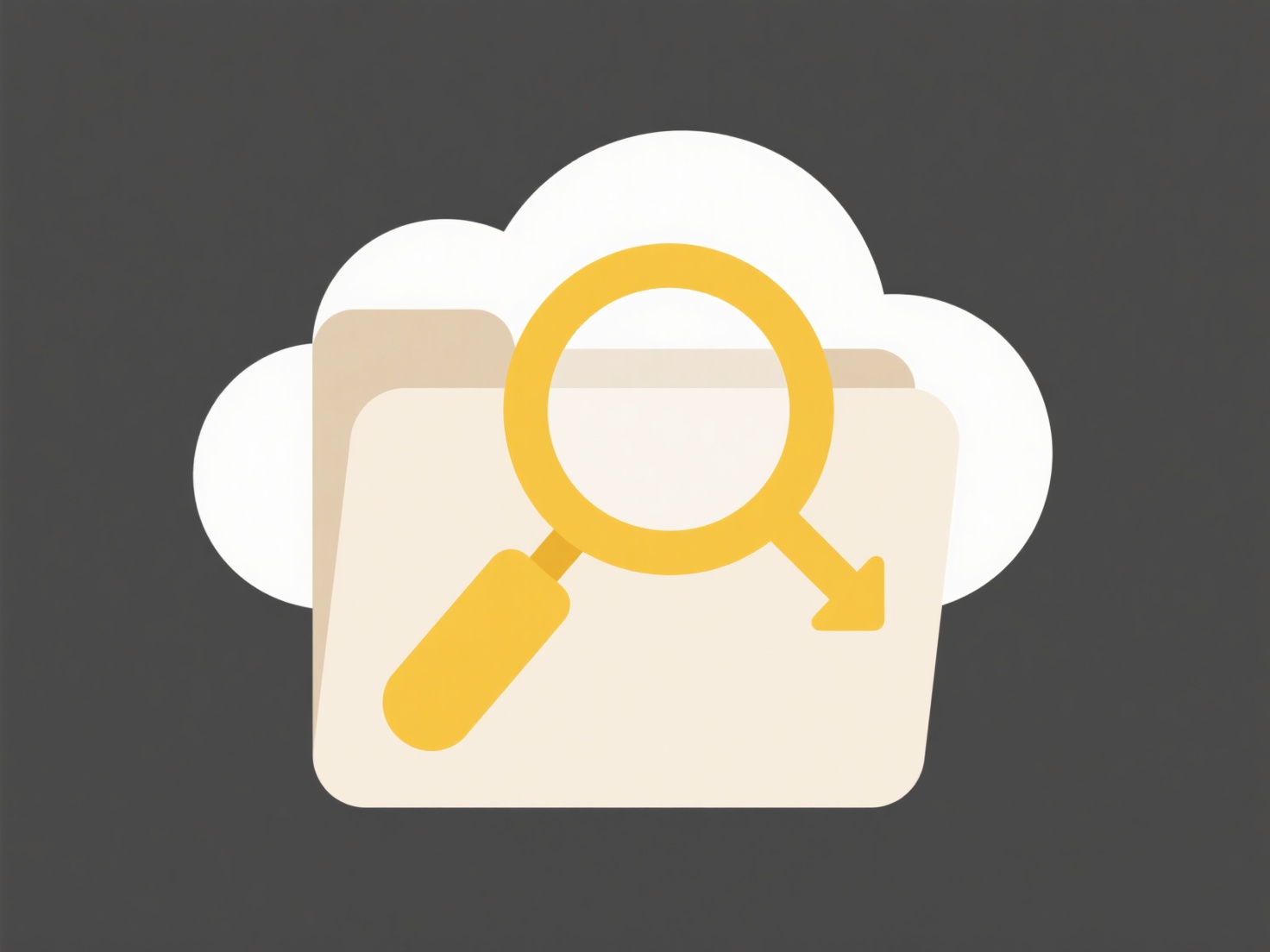
Ransomware encrypts files on an infected device, making them inaccessible until a ransom is paid. When these files are synced to a cloud storage service (like OneDrive, Google Drive, or Dropbox), the encrypted versions often automatically upload and replace the clean files in the cloud. Crucially, the sync process is bidirectional; changes on the infected machine propagate to the cloud and then down to any other synced devices. This means ransomware can compromise the local copies and the cloud-stored versions simultaneously.
For example, if a user's laptop with cloud sync enabled gets infected, ransomware can encrypt their documents folder. The sync service then uploads these encrypted files, replacing the good versions in the cloud. Similarly, in a business setting using cloud sync for shared team folders, an infection on one employee's synced computer can encrypt the shared cloud files, disrupting work for everyone relying on that data.

Cloud services offer advantages like built-in version history allowing recovery of pre-encryption files, reducing reliance on paying ransoms. However, limitations exist; recovery windows vary, and ransomware can sometimes encrypt older versions. Ethically, attackers exploit cloud sync for faster, wider impact. Businesses must rigorously configure sync clients, maintain offline backups, and train users to mitigate risks as cloud reliance grows.
How does ransomware affect cloud-synced files?
Ransomware encrypts files on an infected device, making them inaccessible until a ransom is paid. When these files are synced to a cloud storage service (like OneDrive, Google Drive, or Dropbox), the encrypted versions often automatically upload and replace the clean files in the cloud. Crucially, the sync process is bidirectional; changes on the infected machine propagate to the cloud and then down to any other synced devices. This means ransomware can compromise the local copies and the cloud-stored versions simultaneously.
For example, if a user's laptop with cloud sync enabled gets infected, ransomware can encrypt their documents folder. The sync service then uploads these encrypted files, replacing the good versions in the cloud. Similarly, in a business setting using cloud sync for shared team folders, an infection on one employee's synced computer can encrypt the shared cloud files, disrupting work for everyone relying on that data.

Cloud services offer advantages like built-in version history allowing recovery of pre-encryption files, reducing reliance on paying ransoms. However, limitations exist; recovery windows vary, and ransomware can sometimes encrypt older versions. Ethically, attackers exploit cloud sync for faster, wider impact. Businesses must rigorously configure sync clients, maintain offline backups, and train users to mitigate risks as cloud reliance grows.
Quick Article Links
How do file naming rules differ between cloud and local systems?
File naming rules govern how users can name files, but differ significantly between cloud and local storage. Cloud syste...
What is a .pdf file used for?
A PDF (Portable Document Format) file preserves a document's original layout, formatting, fonts, images, and graphics ac...
How do I search for files by file size?
Searching by file size locates items based on their storage space consumption, measured in bytes, kilobytes (KB), megaby...